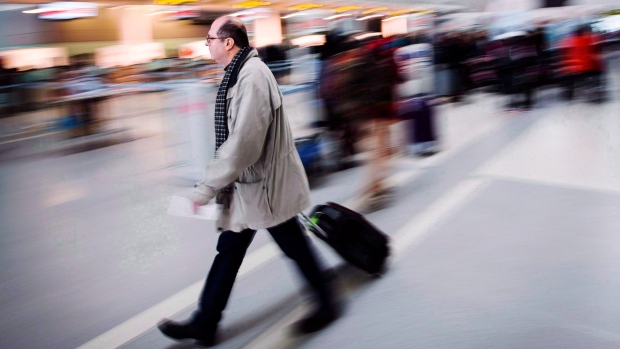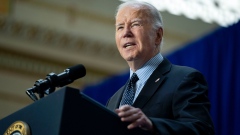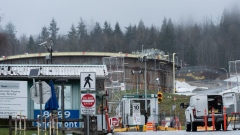Sep 12, 2016
Toronto's Pearson International airport poised to break passenger record
, The Globe and Mail

A boom in summer travel is propelling Pearson International Airport in Toronto to record levels of passenger traffic, bolstering the airport’s goal of becoming one of the world’s elite international airports by 2020.
About 9.6 million people travelled through the airport between Canada Day and Labour Day, putting Pearson on pace to break its 2015 record of 41 million passengers annually. The Greater Toronto Airports Authority envisions Pearson reaching the status of “mega-hub” by the end of the decade – an airport that handles at least 50 million passengers a year, with 20 million of those travelling to or from international destinations.
Traffic has grown by more than 6 per cent in each of the past two years and that trend is expected to be repeated again in 2016, “so actually it’s been a record three years in a row,” Howard Eng, president of the Greater Toronto Airports Authority, said in an interview. The growth is most evident in international travel.
“Pearson over the last little while has really grown to be an international gateway hub,” Mr. Eng said.
A decade ago, he noted, the airport’s role was principally a gateway for people visiting Canada and a transfer point for Canadians travelling mainly to Europe. But Canada’s position in the Great Circle route flight path and growth in the use of larger wide-bodied planes such the Boeing 787 and Airbus A-380 have helped to boost Pearson’s standing among international airlines.
“Right now we have direct flights to almost 70 per cent of the economies of the world,” Mr. Eng said.
It is now also the second-largest airport in North America serving international travellers, behind only JFK in New York. Pearson’s strategy resembles that of Air Canada, whose main hub is in Toronto.
Air Canada has increased its marketing effort in the United States to encourage Americans to fly to international destinations through Toronto, Vancouver, Montreal and Calgary.
In announcing new flights between Vancouver and Dallas-Fort Worth this week, the airline pointed out that the flights would allow Texans to hook into Air Canada’s non-stop flights from Vancouver to Beijing, Shanghai, Hong Kong, Seoul and Toyko’s Narita airport.
Vancouver International Airport’s international traffic also grew 15 per cent in the first half of 2016 from a year earlier, boosting total traffic to 10.5 million passengers and putting that airport, too, on pace for a record.
Mr. Eng pointed out, however, that Pearson needs some help to continue growing and stay competitive.
“Yes, 60 per cent of our traffic is coming to Pearson or the Ontario region to do business or play or be a tourist, but about 40 per cent is transfer passengers, and they have choices to transfer at different hubs,” he said.
In a submission made to the federal government last month, the GTAA said Pearson needs $2-million for new Canada Border Service Agency officers so that 90 per cent of passengers are screened in 20 minutes or less.
Another $20-million is needed to reduce security wait times so that 95 per cent of passengers wait 10 minutes or less to go through the Canadian Air Transport Security Authority screening process, the GTAA submission said.
The GTAA is also encouraging municipal governments and their transit authorities to co-operate on a transit hub that would be built at the airport, potentially in the 2020s.
It has identified several transit lines planned or under construction – including the Eglinton Crosstown line being built through the middle of Toronto – as those that should continue to an intermodal transit hub at Pearson.
The proposed western extension of the Eglinton line would include a stop at Pearson.
With files from reporter Oliver Moore







